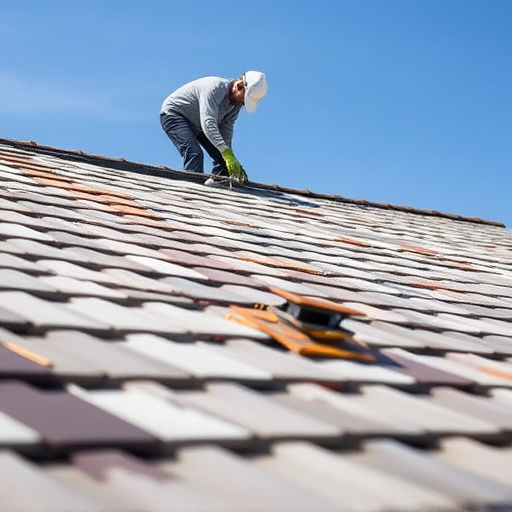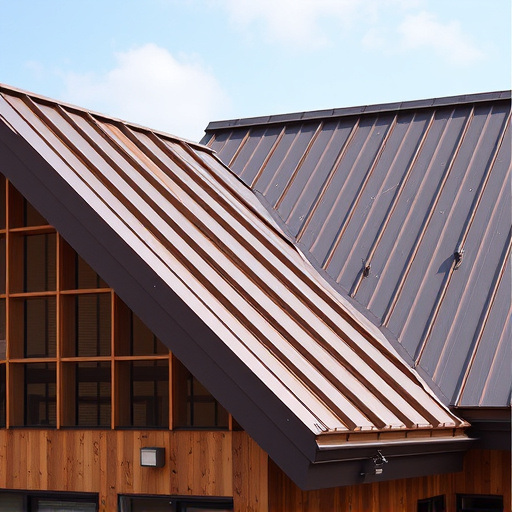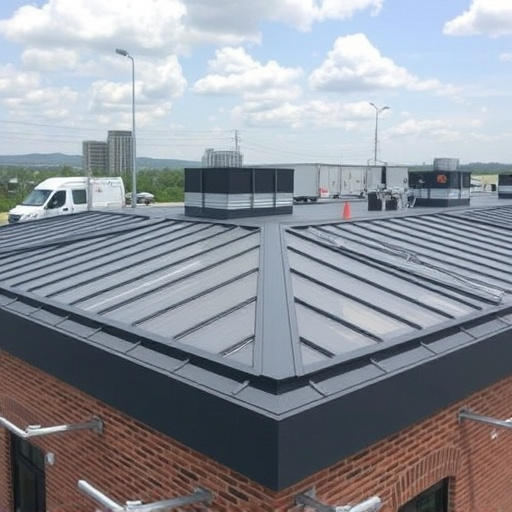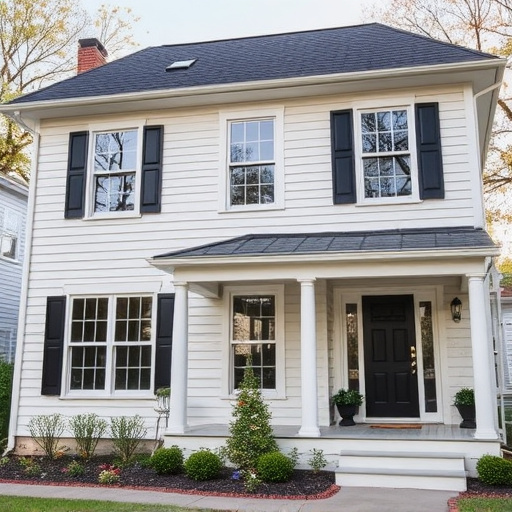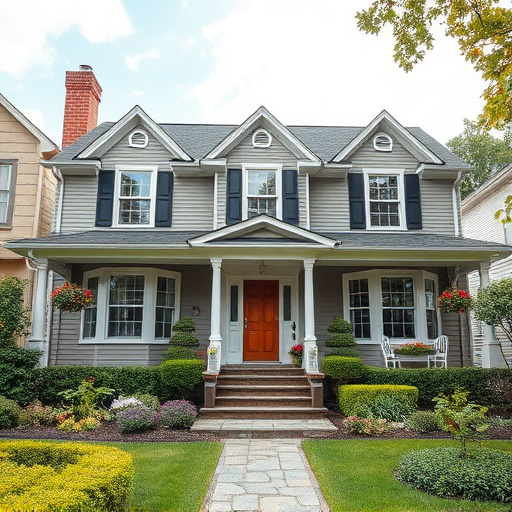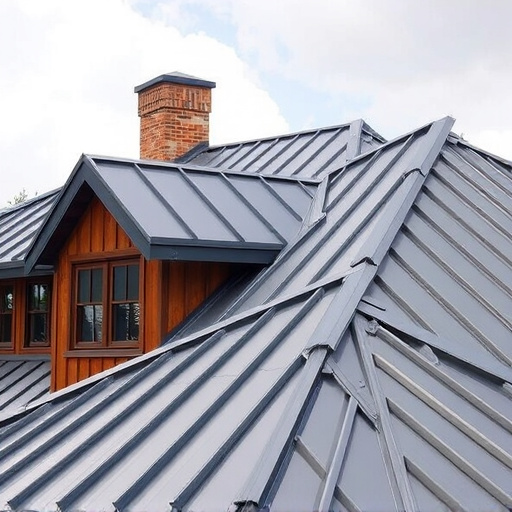Green roofing systems are gaining popularity as environmentally conscious roofing solutions. By integrating plants with traditional materials, these systems enhance insulation, reduce energy consumption and urban heat islands effects, manage stormwater runoff, improve air quality, support biodiversity, and extend building lifespans. Both residential and commercial applications benefit from decreased maintenance costs, improved structure integrity, and aesthetic appeal while contributing to a greener future. Sustainable roofing solutions include plant-based roofs, recycled materials, cool roofs, and recycled content roofing products, all of which offer ecological advantages for global communities. Implementing these practices is crucial for environmental conservation, starting with system assessment and professional consultation.
Discover the transformative power of green roofing solutions in our comprehensive guide. Explore how these innovative systems protect our environment, offering a sustainable alternative to traditional roofing. From the profound benefits for biodiversity and climate regulation to the array of eco-friendly materials available, we delve into the latest trends. Learn a step-by-step approach to implementing sustainable roofing practices, empowering you to make an impactful change in your community. Uncover how these solutions are revolutionizing urban landscapes while preserving our planet’s precious resources.
- The Benefits of Green Roofing Systems for Environmental Conservation
- Popular Eco-Friendly Roofing Materials and Their Applications
- Implementing Sustainable Roofing Practices: A Step-by-Step Guide
The Benefits of Green Roofing Systems for Environmental Conservation
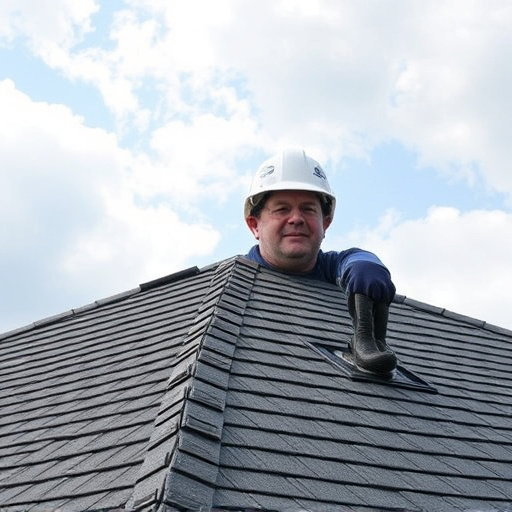
Green roofing systems offer a multitude of benefits for environmental conservation, making them an increasingly popular choice among homeowners and businesses alike. By integrating plants into traditional roofing materials, these innovative solutions provide insulation, reduce energy consumption, and mitigate urban heat islands. The vegetation helps to absorb rainwater, preventing stormwater runoff and flooding, while also improving air quality by absorbing carbon dioxide and releasing oxygen.
Moreover, green roofs contribute to biodiversity by creating habitats for various plant and animal species, enhancing ecosystem resilience. For both residential roofing and commercial roofing applications, these sustainable practices can extend building lifespans, reduce maintenance costs, and improve overall structure integrity. As the demand for environmentally friendly solutions continues to grow, exploring green roofing systems presents a promising path toward a greener future, offering both aesthetic appeal and ecological advantages for communities worldwide.
Popular Eco-Friendly Roofing Materials and Their Applications
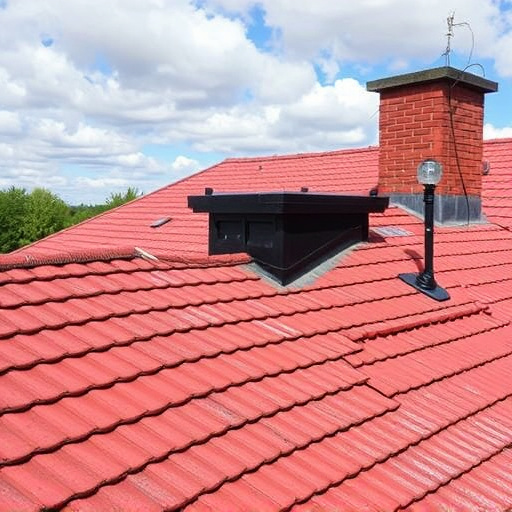
In the realm of green roofing solutions, eco-friendly materials have emerged as powerful tools for both residential and commercial applications. Among the popular choices, plant-based roofs stand out due to their ability to mimic nature’s tapestry while providing exceptional insulation and reducing urban heat islands. These living roofs, often featuring deep soil layers and diverse vegetation, offer a sustainable alternative to traditional roofing, helping to mitigate environmental impact.
For residential siding and gutters, recycled materials like metal and PVC have gained traction as they require minimal maintenance and boast longevity. In commercial roofing, energy-efficient options such as cool roofs, made from reflective materials, play a crucial role in reducing buildings’ carbon footprints. Additionally, recycled content roofing products are becoming more prevalent, utilizing materials like rubber, fiber, and plastic to create durable and sustainable alternatives to conventional asphalt shingles. These innovations not only protect the environment but also contribute to the overall aesthetics and value of properties.
Implementing Sustainable Roofing Practices: A Step-by-Step Guide
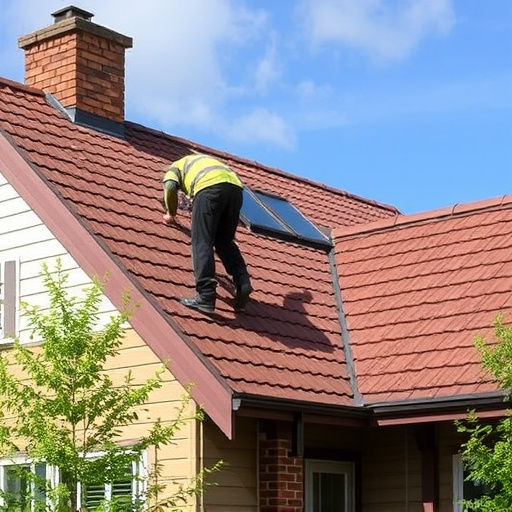
Implementing sustainable roofing practices is a significant step towards contributing to environmental conservation. It begins with an assessment of your current roofing system and identifying areas for improvement. The first step in this guide is to consult professionals who offer expert advice tailored to your location, climate, and specific needs. They can recommend suitable green roofing solutions, such as adding insulation or installing energy-efficient roofing materials, which not only reduce environmental impact but also lower utility costs.
Next, consider replacing traditional roofing materials with eco-friendly alternatives like recycled metal, clay tiles, or vegetal-based shingles. Additionally, incorporating a green roof—a living system of plants and vegetation—can provide insulation, absorb rainwater, and create biodiversity in urban spaces. For homeowners looking to enhance their residential siding, opting for natural, locally sourced materials like vinyl siding made from recycled content can significantly reduce the carbon footprint associated with traditional siding services.
Green roofing solutions are not just an aesthetic choice; they offer powerful environmental protections. By adopting eco-friendly materials and sustainable practices, as discussed in this article, homeowners and businesses can contribute to biodiversity conservation, reduce carbon footprints, and mitigate urban heat islands. Implementing these roofing systems is a step towards a greener future, ensuring our planet remains vibrant for generations to come. Embrace the benefits of green roofing solutions and lead the way in environmental stewardship.








